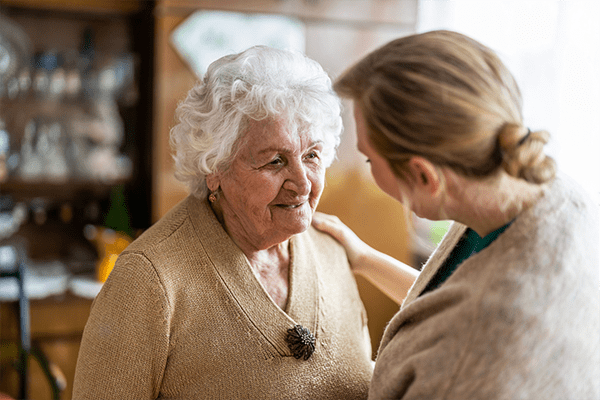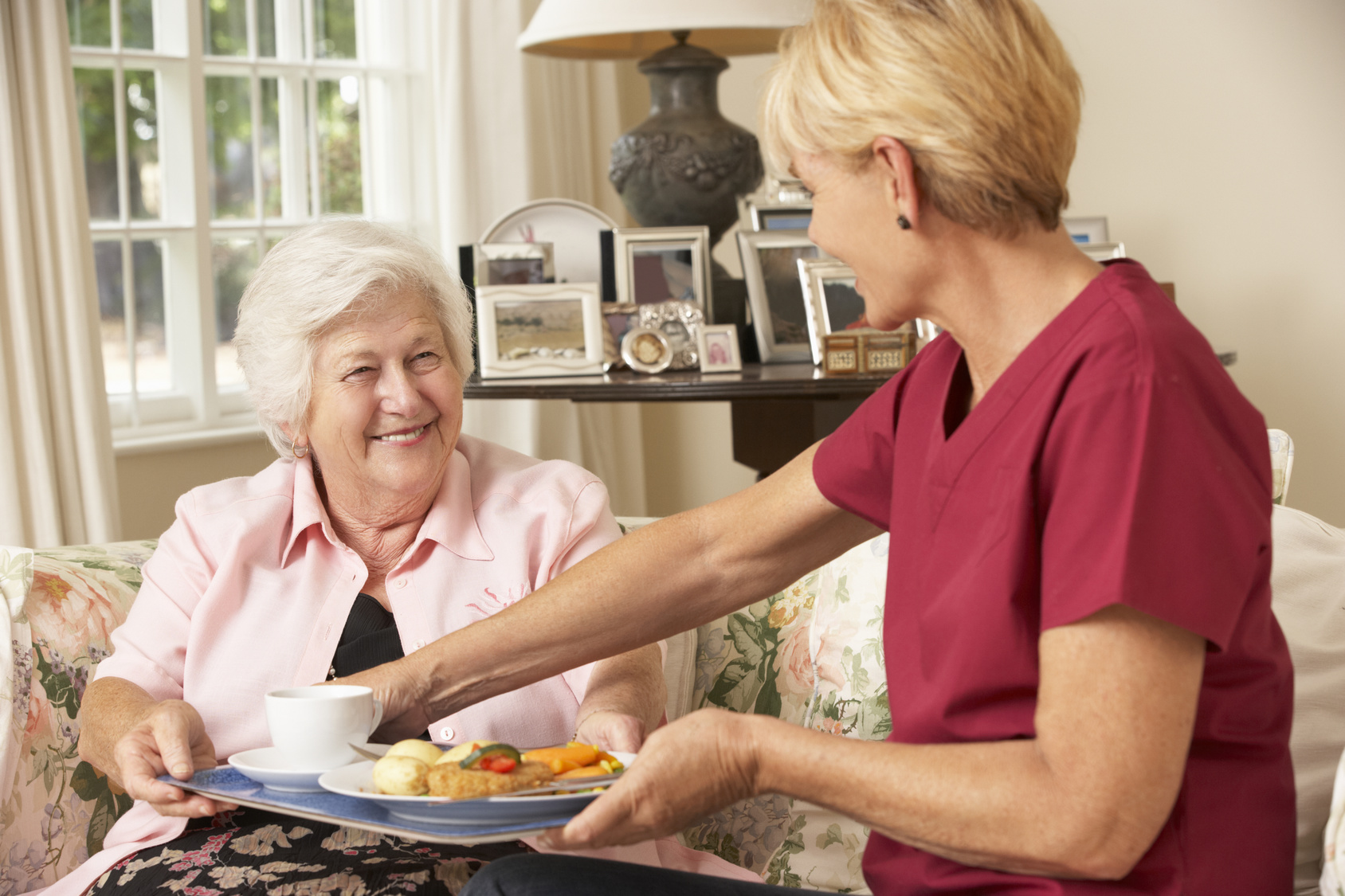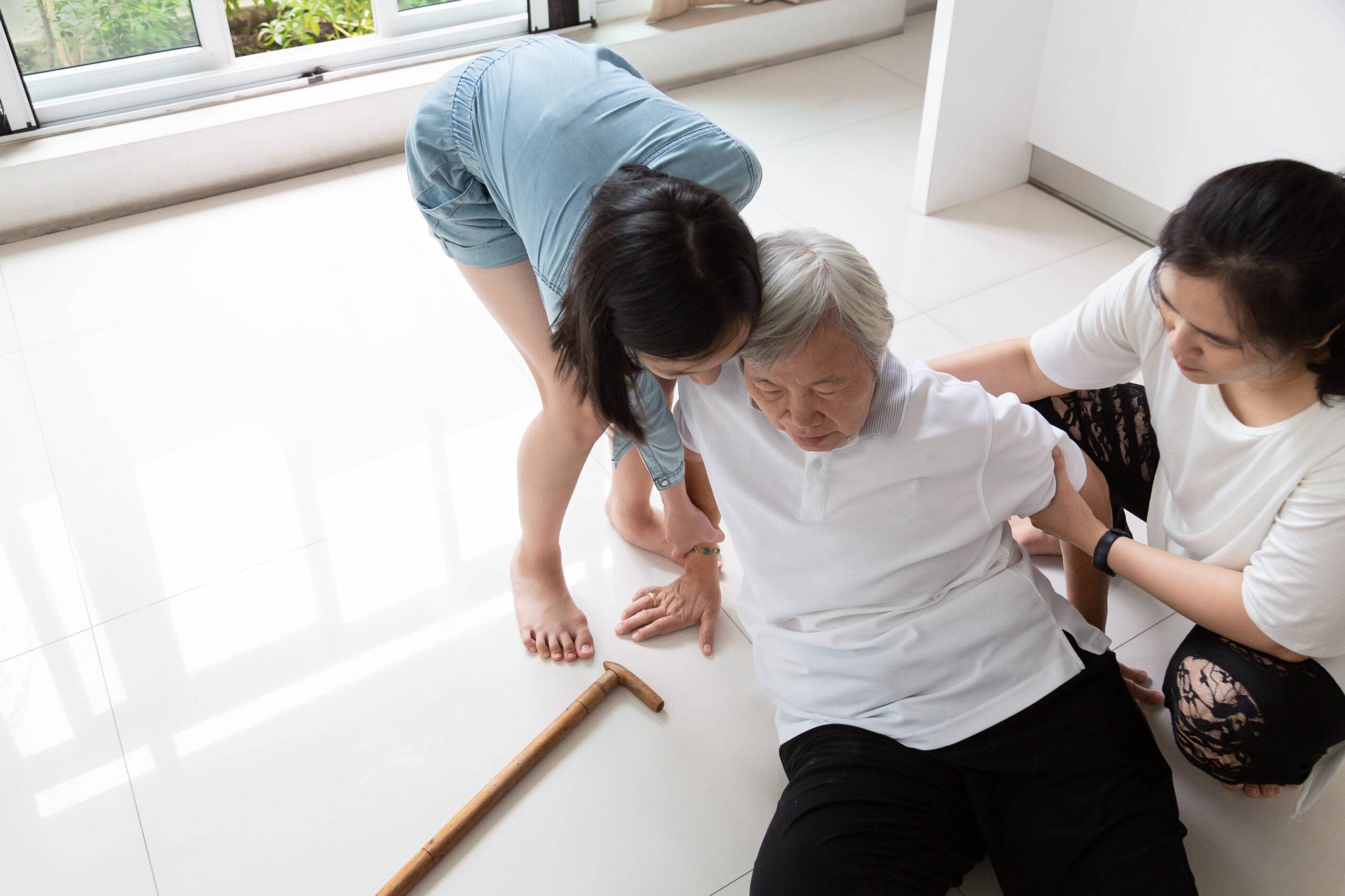In today’s fast-paced world, ensuring the well-being of our elderly loved ones is paramount. Daily activity monitoring for elderly is not just about keeping track of their movements but also about ensuring their safety and fostering their independence. With advancements in technology, monitoring has become easier, more effective, and less intrusive. Let’s explore how daily activity monitoring can transform the lives of the elderly and provide peace of mind for their caregivers.

The Importance of Daily Activity Monitoring for Elderly
As individuals age, they face various physical and cognitive challenges. These challenges can increase the risk of falls, accidents, and health issues. Daily activity monitoring helps in identifying unusual patterns or behaviors that may indicate a health concern or emergency. By detecting these early signs, caregivers can intervene promptly, preventing serious incidents and ensuring timely medical assistance.
Enhancing Safety and Preventing Falls
Falls are one of the leading causes of injury among the elderly. Monitoring systems equipped with sensors can detect falls and immediately alert caregivers or emergency services. This rapid response can significantly reduce the risk of severe injury or complications. For more information on fall prevention, you can visit the Mayo Clinic.
Promoting Independence
One of the greatest fears among the elderly is losing their independence. Daily activity monitoring allows seniors to live independently while ensuring their safety. By using non-intrusive monitoring systems, elderly individuals can go about their daily activities without constant supervision, which boosts their confidence and quality of life.
Technologies Used in Daily Activity Monitoring
Several technologies are utilized in daily activity monitoring for elderly, each offering unique benefits:
Wearable Devices
Wearable devices, such as smartwatches and fitness trackers, monitor vital signs and physical activity levels. These devices can alert caregivers if there are any irregularities, such as an unusually high or low heart rate.
Smart Home Sensors
Smart home sensors are strategically placed in the home to monitor movement and activity. These sensors can detect if an elderly person has not moved for a while, which may indicate a fall or health issue. Learn how IoT sensors are transforming everyday living at IoT Sensors.
Video Monitoring
Video monitoring provides real-time visuals of the elderly person’s environment. While some may have privacy concerns, video monitoring can be an effective tool for ensuring safety, especially for those with dementia or Alzheimer’s.
Choosing the Right Monitoring System
When selecting a monitoring system, it’s important to consider the specific needs and preferences of the elderly person. Factors to consider include:
Level of Mobility
Consider the mobility of the individual. Those with limited mobility may benefit more from systems with fall detection capabilities.
Privacy Concerns
Some seniors may be uncomfortable with video monitoring. In such cases, opt for non-visual sensor-based systems that respect their privacy.
Ease of Use
Choose systems that are user-friendly and easy to set up. Complex systems may cause frustration and may not be used effectively.
The Role of Caregivers in Daily Activity Monitoring
Caregivers play a crucial role in the successful implementation of daily activity monitoring. They must be familiar with the technology and be able to interpret data accurately to make informed decisions.
Training and Support
Proper training should be provided to caregivers to ensure they are comfortable using the monitoring systems. Support from technology providers can also enhance the effectiveness of the monitoring process.
Communication
Regular communication between the elderly person, caregivers, and healthcare professionals is essential. Sharing insights from monitoring data can help in making necessary adjustments to care plans.
Future of Daily Activity Monitoring for Elderly
The future of daily activity monitoring for elderly is promising, with continuous advancements in technology. Artificial Intelligence (AI) and machine learning are expected to play a significant role in predictive analytics, helping to anticipate potential health issues before they occur.
Integration with Healthcare Systems
As technology evolves, integration with healthcare systems will become more seamless. This connectivity will allow for real-time data sharing between monitoring systems and healthcare providers, improving overall care and response times.
Innovative Solutions
Emerging solutions, such as smart elderly care technologies, are making independent living more accessible. Discover how technology is transforming independent living at Smart Elderly Care.
Conclusion
In conclusion, daily activity monitoring for elderly is a vital component of modern senior care. By leveraging technology, we can ensure the safety, health, and independence of our elderly loved ones. As we continue to embrace these innovations, the future holds great promise for enhancing the quality of life for the elderly and providing peace of mind for their caregivers.

FAQs
What is daily activity monitoring for the elderly?
Daily activity monitoring for the elderly involves using technology to track and analyze the daily activities and movements of seniors to ensure their safety and well-being.
How does daily activity monitoring prevent falls?
Monitoring systems can detect unusual patterns or lack of movement, indicating a fall. They can quickly alert caregivers or emergency services, reducing response time and minimizing injury risks.
Are there privacy concerns with daily activity monitoring?
While some monitoring methods, like video surveillance, may raise privacy concerns, there are non-intrusive options available, such as sensor-based systems that respect the individual’s privacy.
This article contains affiliate links. We may earn a commission at no extra cost to you.






